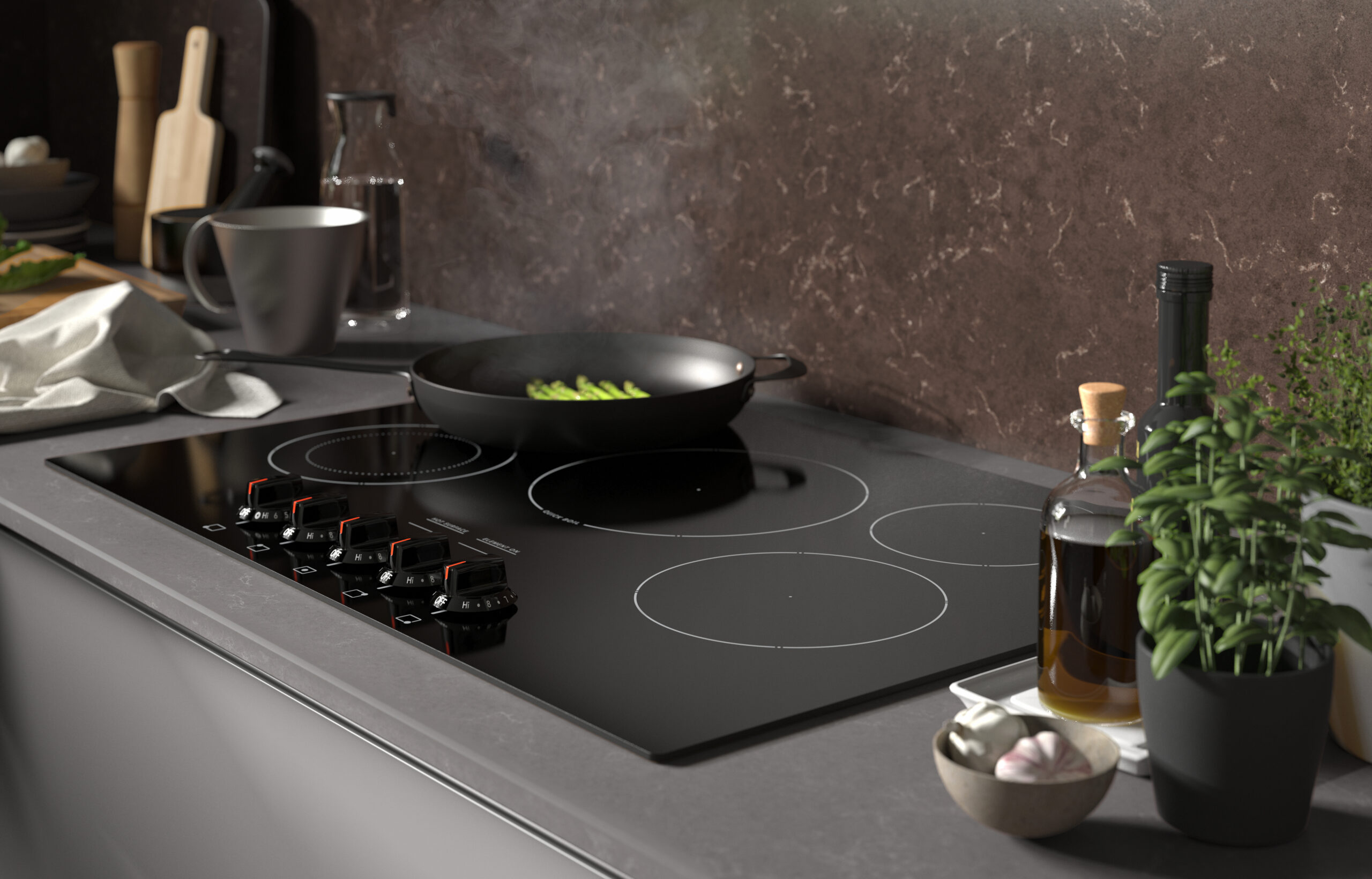Induction cooking is gaining popularity for its efficiency and speed. Experts have outlined seven essential tips to help both novices and seasoned cooks navigate this method successfully. With the right techniques, transitioning to induction cooking can be a rewarding experience.
Choosing the Right Cookware
The foundation of successful induction cooking lies in the cookware used. According to Chris Demaillet, owner of the private chef agency Montclair Chef, only certain materials are compatible with induction cooktops. “Make sure your pots and pans are induction-compatible, usually magnetic stainless steel or cast iron,” he advises. To easily verify compatibility, he suggests the magnet test—if a magnet sticks to the bottom of your pans, they will work on an induction cooktop.
Understanding Coil Size and Heating Speed
Induction cooktops use hidden magnetic coils to transfer heat, making it crucial to understand coil size. Tung Vu, a chef-instructor at the Institute of Culinary Education in New York, warns that smaller coils may not effectively heat larger pans. He recommends ensuring that the magnet diameter on the induction cooktop is at least eight inches to accommodate larger cookware.
Induction cooking is known for its rapid heating capabilities. Demaillet points out, “Induction heats much quicker than gas or traditional electric,” which is excellent for tasks like searing meat. However, he cautions cooks to monitor the temperature closely, as proteins can burn quickly. Preheating on medium to low heat can promote even cooking and prevent hot spots.
Using the Boost Function and Handling Cookware
The boost function available on many induction cooktops is another feature that can enhance cooking efficiency. This feature provides a quick surge of heat for tasks such as boiling water or searing meat. Mike Williams, Vice President of Sales and Marketing at Kenyon, emphasizes that this function should only be used for short bursts to avoid damaging both the cookware and the cooktop itself.
When cooking, it is essential to handle cookware carefully. Vu advises against dragging pans across the glass surface, as this could scratch or shatter the cooktop. Instead, lift the pan fully off the surface to maintain the integrity of the appliance.
Maintaining Your Induction Cooktop
Cleaning up spills immediately is vital for preserving the cooktop’s condition. Williams cautions that sugary spills can etch the surface, while grease can reduce efficiency. Regular maintenance ensures that the cooktop remains in optimal working order.
Additionally, cooks should avoid placing empty cookware on high heat. Williams explains that induction cooktops heat quickly, and doing so could damage the pan. Starting at low heat and gradually increasing when adding ingredients is the recommended approach.
Induction cooking presents an efficient alternative to traditional cooking methods. By following these expert tips, cooks can harness the benefits of induction technology, making their culinary adventures both enjoyable and successful.
